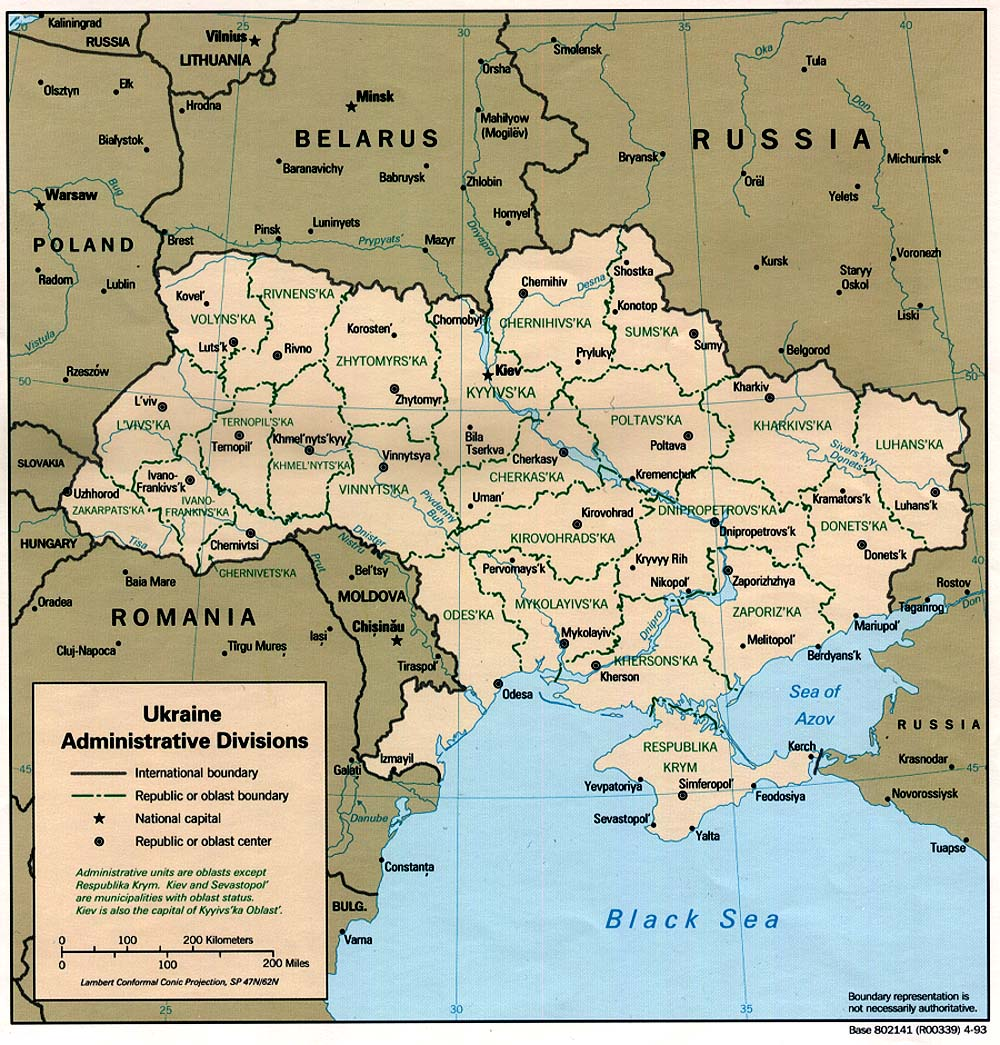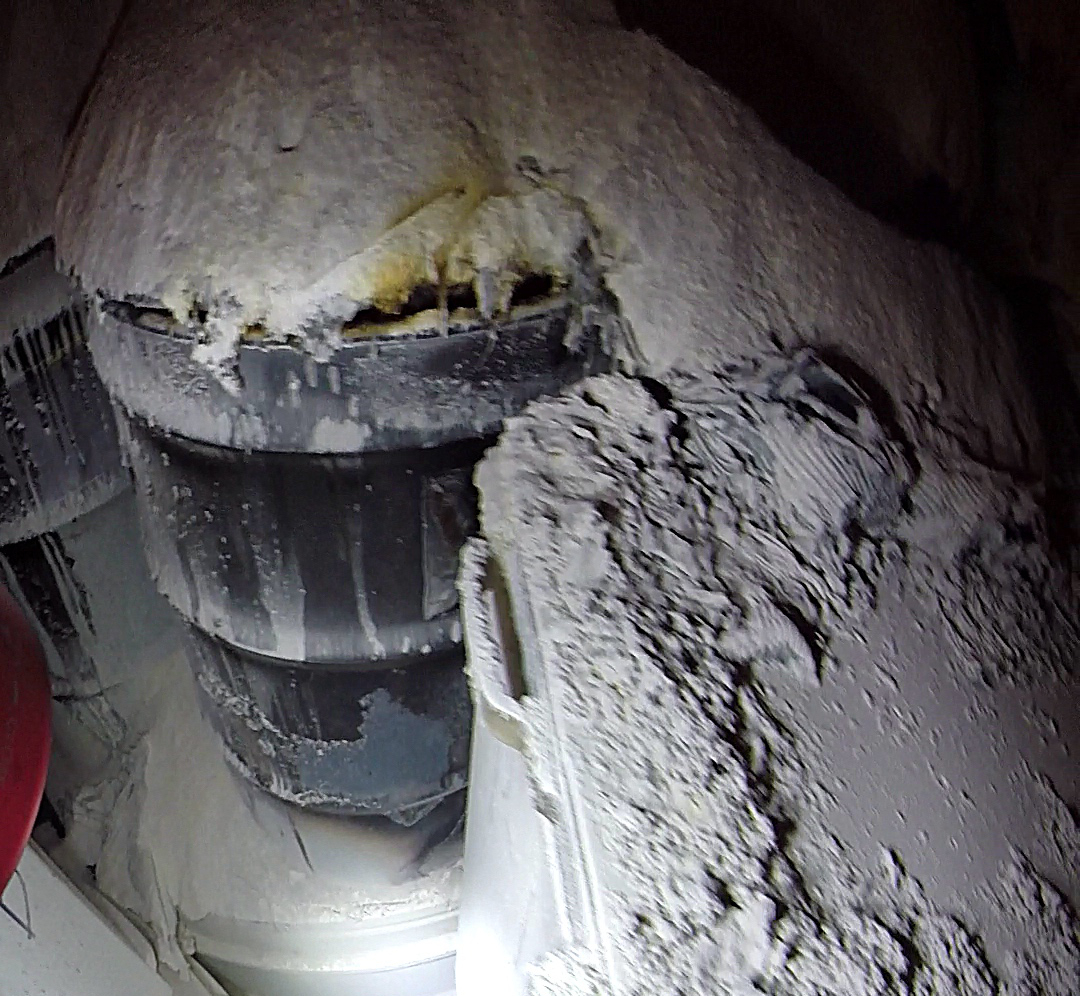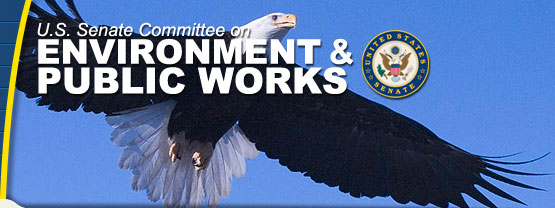
Blog
-
Geiger Readings for May 22, 2014
Ambient office = 120 nanosieverts per hourAmbient outside = 58 nanosieverts per hourSoil exposed to rain water = 73 nanosieverts per hourIceberg lettuce from Top Foods = 93 nanosieverts per hourTap water = 76 nanosieverts per hourFiltered water = 69 nanosieverts per hour -
Nuclear Weapons 75 – Ukraine and Danger of Nuclear War
The situation in Ukraine continues to generate headlines as international relations are strained. It appears that Putin is moderating his stance and he claims to be withdrawing troops from the Russian – Ukrainian border. Miners and steelworks have chased out the pro-Russian insurgents who occupied government buildings in East Ukraine.
In 1997, the North Atlantic Treaty Organization (NATO) signed an agreement with Russia in which the current members of NATO agreed that they would not deploy nuclear weapons in new member states that joined NATO in with the dissolution of the Soviet Union in 1991. NATO members also agreed to defending its members through “reinforcement” as opposed to permanently stationing “substantial combat forces” on their territory.
When the current crisis in Ukraine broke out, there were call for a reconsideration of the promises that NATO had made to Russia. Poland has called for the permanent stationing of NATO troops on its territory which Russia says would violate the 1997 agreement. Some NATO diplomats have said that as far as they were concerned, the Russian annexation of Crimea was a clear violation of the 1997 agreement. NATO representatives have said that at present they have no intention of violating their promises to Moscow. However, there will be a meeting of NATO leaders in Wales in September to discuss the Ukraine situation in addition to other European security concerns. NATO has suspended cooperation with Russia but has left open the possibility of high level talks between NATO representatives and Russian representatives. Russia has called for such talks but a date has not yet been set.
When the Soviet Union collapsed in 1991, Ukraine had the third largest arsenal of nuclear weapons in the world, behind the United States and Russia. A “Trilateral Agreement” was signed between the United States, Russia and Ukraine. In return for sending all their nuclear warheads to Russia to be destroyed, Ukraine got security guarantees from Russia, the United States and Britain that the signatories would protect Ukraine from attack and invasion by other nations. In 2013, Ukraine signed agreement with China for protection against attack by other nations. Both of these agreements specifically mentioned that threats by nuclear armed nations would be answered by the signatories.
Recently officials of the new Ukrainian government have suggested that perhaps it was a mistake to remove all nuclear weapons and that it might be time for Ukraine to acquire nuclear weapons of its own in order to insure its territorial integrity. In addition, Russia has said that in an armed conflict over Ukraine, if Russian troops are being overwhelmed by Ukraine and its allies use of conventional weapons, Russia reserved the right to employ tactical nuclear weapons. Such a move could easily escalate into a full scale nuclear war that would destroy civilization. In a world where nuclear global disarmament has been an international goal for decades, these developments are very troubling.
-
Geiger Readings for May 21, 2014
Ambient office = 73 nanosieverts per hourAmbient outside = 104 nanosieverts per hourSoil exposed to rain water = 103 nanosieverts per hourIceberg lettuce from Top Foods = 79 nanosieverts per hourTap water = 78 nanosieverts per hourFiltered water = 66 nanosieverts per hour -
Radioactive Waste 79 – Update on the Recent Accident at the Waste Isolation Pilot Plant 4
In a recent post, I said that Hanford was the gift that keeps on giving and that I could blog on it full time. The situation at the Waste Isolation Pilot Plant near Carlsbad, New Mexico is not quite as bad but new information keeps coming out about their analysis of what caused the recent release of radioactive materials and what can be done to prevent a recurrence.
In my last post about WIPP, I talked about how problems with changes in absorbents added to waste drums may be the cause behind the release. The absorbents are added in order to bind up the nitrate salts in liquid wastes which contain ammonium nitrates. It is currently illegal to send liquid wastes to WIPP. It has been suggested that a switch from an inorganic absorbent to an organic absorbent allowed nitrate salts to precipitate out of solution and dry out. Dry nitrate salts are unstable and may have led to fires and explosions which released the radioactive materials. The released materials included particles of plutonium and americium which were detected in Carlsbad over twenty miles from WIPP. There have been reports of detection of such particles much further away.
Los Alamos National Laboratory (LANL) has been in the process of moving the last of thousands of drums of waste from decades of nuclear weapon production to the WIPP repository. Fifty seven drums of waste from the (LANL) were treated with the new organic absorbent. Two of those drums are known to be at WIPP. One of the drums inspected after the radiation release showed evidence of cracking and heat damage.
It is unclear where the rest of the fifty seven drums from LANAL are now. Some of the drums were transferred to a temporary storage facility in Texas after WIPP was closed due to the radiation release in February. Now that the investigation is focusing on the drums from LANL, all shipments of LANL waste have been halted. LANL has issued a statement that their drums are no threat to public health or the environment. They have begun placing the drums of waste in special containers and moving the containers under a dome equipped with a fire suppression system. They are carefully monitoring the temperature in the drums. I am unaware of any such precautions being put in place to handle the drums that have been shipped to Texas.
WIPP has been operating without serious accidents for fifteen years. During that time, compliance to safety standards has been slipping. One of the big problems with the absorbent/waste problem is that even a stringent adherence to safety standards would not have detected the buildup of the nitrates in waste drums with the organic absorbent. The problems at WIPP indicate that compliance to safety measures should be rigorously enforced regardless of how long a facility has operated without accidents. There is also a need for a more careful and thorough analysis of any proposed changes in the chemicals used to treat of nuclear waste.
Damaged waste drum at WIPP:
-
Geiger Readings for May 20, 2014
Ambient office = 117 nanosieverts per hourAmbient outside = 105 nanosieverts per hourSoil exposed to rain water = 117 nanosieverts per hourIceberg lettuce from Top Foods = 105 nanosieverts per hourTap water = 100 nanosieverts per hourFiltered water = 87 nanosieverts per hour -
Radioactive Waste 78 – Senate Committee Grills Nuclear Industry Representative
Last week, the United States Senate Environmental and Public Works Committee convened a panel of specialists to answer questions about the safety and security of decommissioned nuclear reactors. Barbara Boxer, the Democratic chairwoman of the committee asked the specialists whether the spent fuel stored on-site at decommissioned reactors was being properly secured. The fact that five nuclear reactors have been chosen for decommissioning recently elevates the importance of the question. The on-site spent fuel is kept in pools that must be cooled, cleaned and closely monitored. Critics of the nuclear industry say that such spent fuel pools are vulnerable to accident or attack.
As Ms. Boxer said, “The reactors may be shut down, but the risk of an accident or attack have not gone away.” In light of the fact that an accident or an attack could lead to a fire that could release large amounts of radiation, she suggested that the fuel should be taken from the pools and stored in concrete and steel dry casks on-site. These cask would be safer than the spent fuel pools but the current cask design must be improved to prevent gas buildup that could cause explosions.
The Nuclear Regulatory Commission and the industry experts claimed that there was sufficient oversight and security already in place to assure the security and safety of the fuel in the pools. Ms. Boxer raised questions about the spent fuel stored at the closed San Onofre nuclear power station. She asked if the experts were concerned about the fact that there were twenty six hundred fuel assemblies stored in pools designed to hold sixteen hundred fuel assemblies. The experts assured her that they considered the spent fuel at San Onofre to be safely secured.
The problem is exacerbated by the fact that the Federal government failed in its promise to have a national nuclear waste repository operating by 1998. The Yucca Mountain Repository project was cancelled a few years ago and the best current estimated for opening a functional repository is 2050. The nuclear industry in the United States is in decline and the cost of storing spent fuel on-site is rising. Nuclear reactor operators have been paying a fee for each fuel assembly into a fund for the creation of a national repository. Citing the failure of the Federal government to keep its promise to open a repository in 1998, the operators are demanding a refund of the fees they have paid that now amount to billions of dollars. Even so, the projected cost of dealing with current spent nuclear fuel has risen past the money that is now in the fund. Critics of returning the money point out that if the money is taken out of the fund now, future growth of the fund through interest payments on investment would be prevented.
Senators Boxer, Markey and Sanders are sponsoring legislation to force the operators of nuclear reactors to apply the same standards of security, safety and emergency preparedness to closed reactors that are currently required for operating reactors. The industry experts claim that in about fifteen months, the spent fuel in a pool would be cool enough so that an accident or attack would not result in a dangerous release of radioactive materials. They complained that maintaining full-scale emergency capacity at a close reactor would cost twenty million dollars a year and would deplete their decommissioning funds
The nuclear industry has convinced a Federal appeals court that the collection of fees should stop because there is no longer a functioning program for a national nuclear waste repository. The collection of fees ended last week. There have been efforts to start a new project to site and construct a repository but Republicans have demanded that the Federal government complete the work necessary to open a repository at Yucca Mountain.
-
Radiation News Roundup May 19, 2014
Studies indicate that a great deal of Fukushima fallout has reached California. majiasblog.blogspot.jp
There is now a total of 50 confirmed thyroid cancer among children in Fukushima prefecture. fukuleaks.com
Russia’s state-owned Vnesheconombank is to provide a loan of $500 million over eight years for the financing of Belarus’s first nuclear power plant under a newly signed agreement. world-nuclear-news.com
-
Geiger Readings for May 19, 2014
Ambient office = 113 nanosieverts per hourAmbient outside = 99 nanosieverts per hourSoil exposed to rain water = 103 nanosieverts per hourBanana from Costco = 77 nanosieverts per hourTap water = 113 nanosieverts per hourFiltered water = 105 nanosieverts per hour






